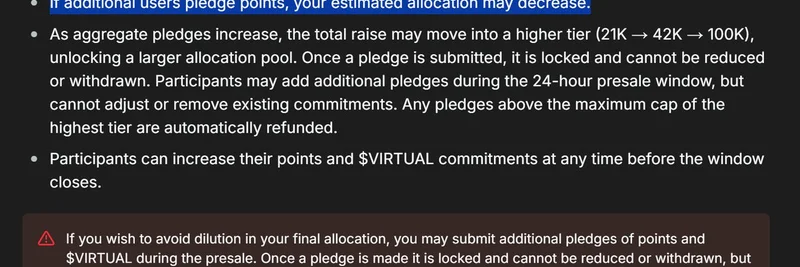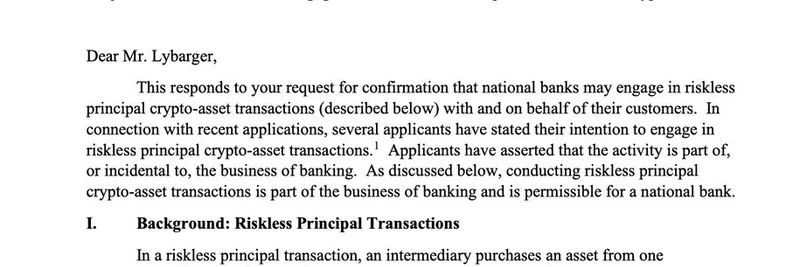In the fast-paced world of crypto, misinformation can spread like wildfire, especially when it comes to hot presales. A recent tweet from @DegenApe99 has sparked some much-needed clarity on the Virtual Protocol's $VIRTUAL token presale. If you've been hearing rumors that it's a strict first-come-first-served (FCFS) setup, think again. Let's break it down step by step, so you can navigate this opportunity like a pro.
Understanding the Confusion Around $VIRTUAL Presale
Virtual Protocol, accessible via @virtuals_io, is making waves in the blockchain space with its innovative approach to AI and virtual agents. Their native token, $VIRTUAL, is currently in a presale phase that's designed to be inclusive and dynamic. But as @DegenApe99 pointed out in his tweet, there's a lot of chatter claiming it's FCFS—meaning the early birds get all the worms, and latecomers are left out.
The reality? It's not that cut-and-dry. @DegenApe99 shared that he pledged without issues, and the project's docs explicitly mention that allocations can adjust based on new participants. This pro-rata system with potential dilution ensures everyone has a shot, but it requires understanding the mechanics to maximize your involvement.
How the Dynamic Adjustment Window Works
The key feature here is the "Dynamic Adjustment Window," a 24-hour presale period where allocations aren't fixed from the get-go. Instead, they evolve as more people join the pool. Here's a simple breakdown:
Dilution Risk: If more users pledge points after you, your estimated allocation might decrease. It's like sharing a pie that gets bigger but with more slices being cut.
Tier Progression: As total pledges grow, the raise can bump into higher tiers (e.g., from 21K to 42K to 100K), unlocking a larger allocation pool. This incentivizes community growth.
Locked Pledges: Once you submit a pledge, it's locked in—you can't withdraw or reduce it. But you can add more points or $VIRTUAL commitments anytime before the window closes to counter potential dilution.
Refund Policy: Pledges exceeding the maximum cap in the highest tier are automatically refunded, keeping things fair.
This structure promotes early and active participation while maintaining flexibility. As the tweet thread highlights, many folks might be skipping the fine print, leading to the FCFS misconception.
Insights from the Community Thread
The replies to @DegenApe99's post echo a common crypto theme: reading is fundamental. Users like @beast_ico laughed it off with "Ppl just can’t read lmao," while @thefrogmaxi clarified it's "pro-rata with dilution if more come in after you." Even @xerocooleth asked for details, getting a straightforward response: more points mean more allocation.
This community discussion underscores why projects like Virtual Protocol are building knowledge bases and clear docs—to empower participants. If you're into meme tokens or broader blockchain innovations, $VIRTUAL's presale is a prime example of how modern raises are evolving beyond simple FCFS models.
Why This Matters for Meme Token Enthusiasts
While Virtual Protocol isn't a pure meme token like Dogecoin or Pepe, its community-driven presale and viral buzz on platforms like X give it that meme-like energy. For blockchain practitioners, understanding these mechanics can sharpen your edge in spotting undervalued opportunities. It's not just about jumping in early; it's about strategizing your pledges to avoid dilution and ride the tier upgrades.
If you're considering participating, head over to the Virtual Protocol docs for the full scoop. And remember, in crypto, always DYOR (Do Your Own Research) to stay ahead of the curve.
Final Thoughts
@DegenApe99's tweet is a timely reminder that assumptions can cost you in the meme token and crypto space. By embracing dynamic systems like this, projects foster engagement and fairness. Whether you're a seasoned degen or new to the scene, keeping an eye on threads like this can lead to smarter plays. What's your take on the $VIRTUAL presale? Drop a comment below or join the conversation on X!




